
Spending an hour reading with your kids can do wonders
Do you love curling up with a good book and disappearing into another world or learning something new and amazing? Well, turns out not only is reading enjoyable, it’s also good for you. It affects personal and social development, happiness, behaviour, relationships, education, employment, financial well-being, health, and community and cultural participation. Yep, all that from a few hours of reading.
The Melbourne Institute of Applied Economic and Social Research found that reading to children six to seven days a week puts them almost a year ahead of those who are not being read to. But research shows that the number of children and adults engaged in reading for pleasure has dropped over the last decade.
“Reading has changed me, shifted my world view, enriched me, given me knowledge, delighted me. It is marvellous how patches of ink on paper can so affect us.” — Andrew Stammer, Director of CSIRO Publishing
Ok so we know how important reading and literacy is, especially for kids – setting them up for life. But did you know that science literacy is also super important for children’s development? Reading fiction helps children build their imagination, creativity and empathy but reading non-fiction is also critical. Children are natural learners. Their brains are sponges soaking up all the knowledge they can from the world around them. Just spending a few minutes with a primary-school aged child and you’ll start getting the questions. “Why is the sky blue?”, “How do volcanoes erupt?”, “Why aren’t there dinosaurs anymore?” If we don’t spend time on science in these early years, we’re missing out on prime timing. Kids are already willing to ask the questions, so we must try to answer them and encourage them to figure out the answers for themselves.
Thursday 20 September is Australian Reading Hour. It’s a day where Australians are encouraged to pick up a book and read for one hour on your own or with your children. And we recommend that if you participate in this great initiative that you choose a science book. We believe so strongly in the idea of science literacy for kids that we recently started publishing a range of amazing children’s books about science – our favourite topic obviously. Here are some of our titles to get you started.
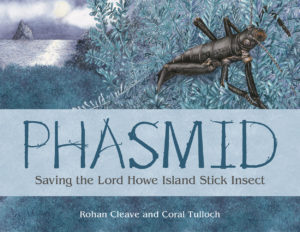 Phasmid
Phasmid
Phasmid is the amazing true story of the Lord Howe Island Phasmid, or Stick Insect. Believed to be extinct for nearly 80 years, the phasmids were rediscovered on Balls Pyramid, a volcanic outcrop 23 kilometres off the coast of Lord Howe Island, Australia. News of their unbelievable survival made headlines around the world and prompted an extraordinary conservation effort to save this remarkable invertebrate.
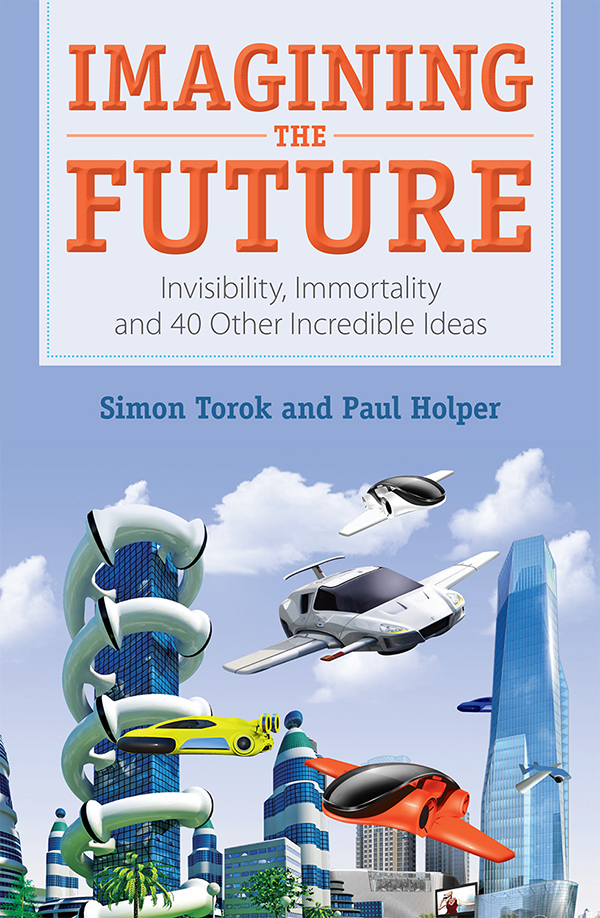 Imaging the Future
Imaging the Future
Get prepared for the fantastic future with this guide to the unbelievable and incredible inventions just over the horizon. Invisibility, instant transportation, holograms and lots of gadgets were once the dreams of science fiction … now they might become science fact! Imagining the Future is the first step in arriving there. If you can dream it, perhaps one day you can invent it.
Strap yourself in and get ready for the future!
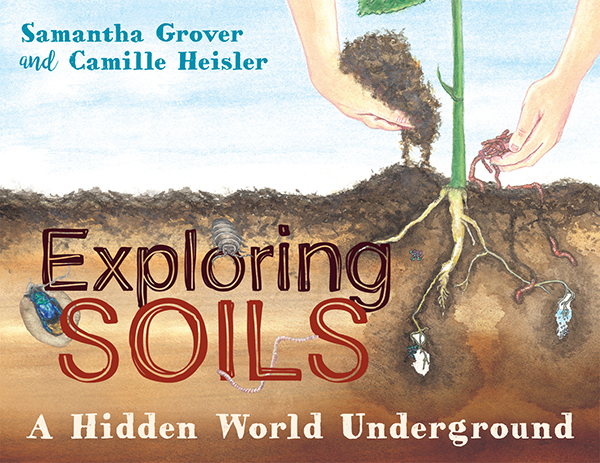 Exploring Soils
Exploring Soils
Have you ever wondered what happens in the earth underneath us? James has, and he wants to learn more about soil. In Exploring Soils: A Hidden World Underground, James discovers that soil is not just dirt for digging in. He explores how plants and animals live in soil, how soils are formed, how they differ, and the ways that soil is essential in our lives.
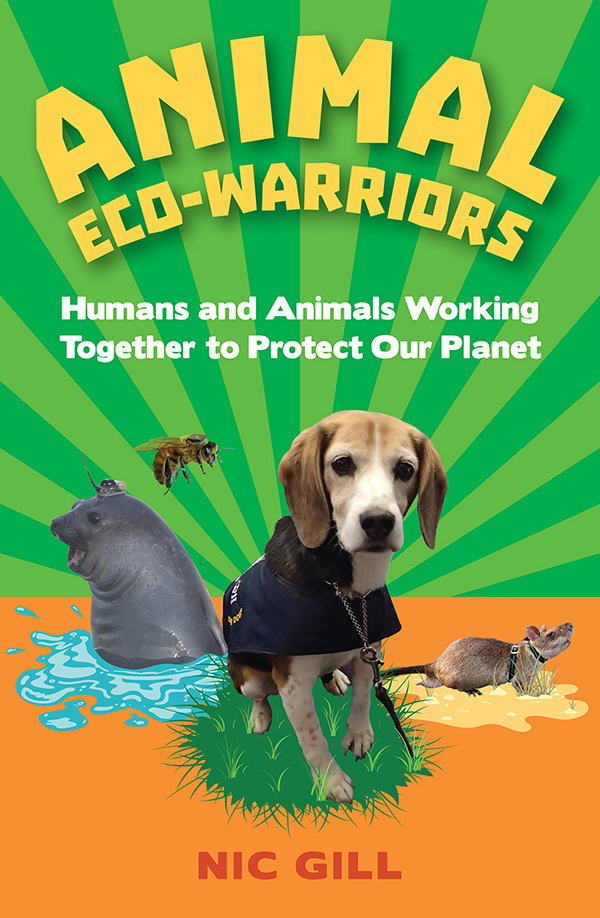 Animal Eco-Warriors
Animal Eco-Warriors
Come on an action-packed adventure with an amazing mob of animal eco-warriors as they use their special talents to help solve our planet’s environmental problems! From the nosy noses of biosecurity beagles at airports to rats learning to sniff out landmines in war-torn landscapes, animals are using their unique abilities to help make the world a better and safer place. With fantastic colour photos of animal eco-warriors at work, this book is full of fun facts on how animals are helping humanity work towards a more sustainable future. There are also plenty of tips on how you can make a difference to the planet.
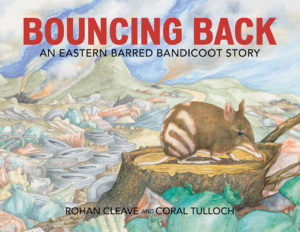 Bouncing Back
Bouncing Back
The Eastern Barred Bandicoot is one of Australia’s most threatened species. When their existence came under extreme threat from habitat loss, predators and human development, Eastern Barred Bandicoots found refuge in the most unlikely of places – a rubbish tip. This captivating true story details the plight these small, nocturnal marsupials faced, and the outstanding efforts that ensured their protection.
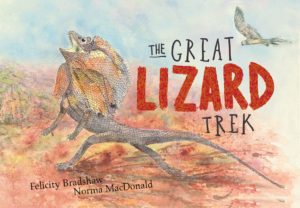 The Great Lizard Trek
The Great Lizard Trek
Rocky, an ornate dragon, lives on granite rocks in the south-west of Australia. But further north, where it is getting hotter and wetter, his desert relatives are having trouble with their eggs. As the lizards trek through country in search of a new home, Rocky shares local Indigenous and Western understanding of these changing environments and the animals that live in them.
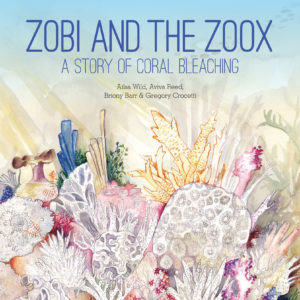 Zobi and Zoox
Zobi and Zoox
This is a story about coral bleaching, told by the tiniest creatures on the reef. With her home under threat from a warming ocean, Zobi, a brave rhizobia bacterium, teams up with a family of slow but steady Zoox (zooxanthellae). As the coral bleaches, everyone begins to starve…Can Zobi and the Zoox work together to save the day?


Take the words right out of our mouths!
Find these and more of our great kids titles over on our CSIRO Publishing store.